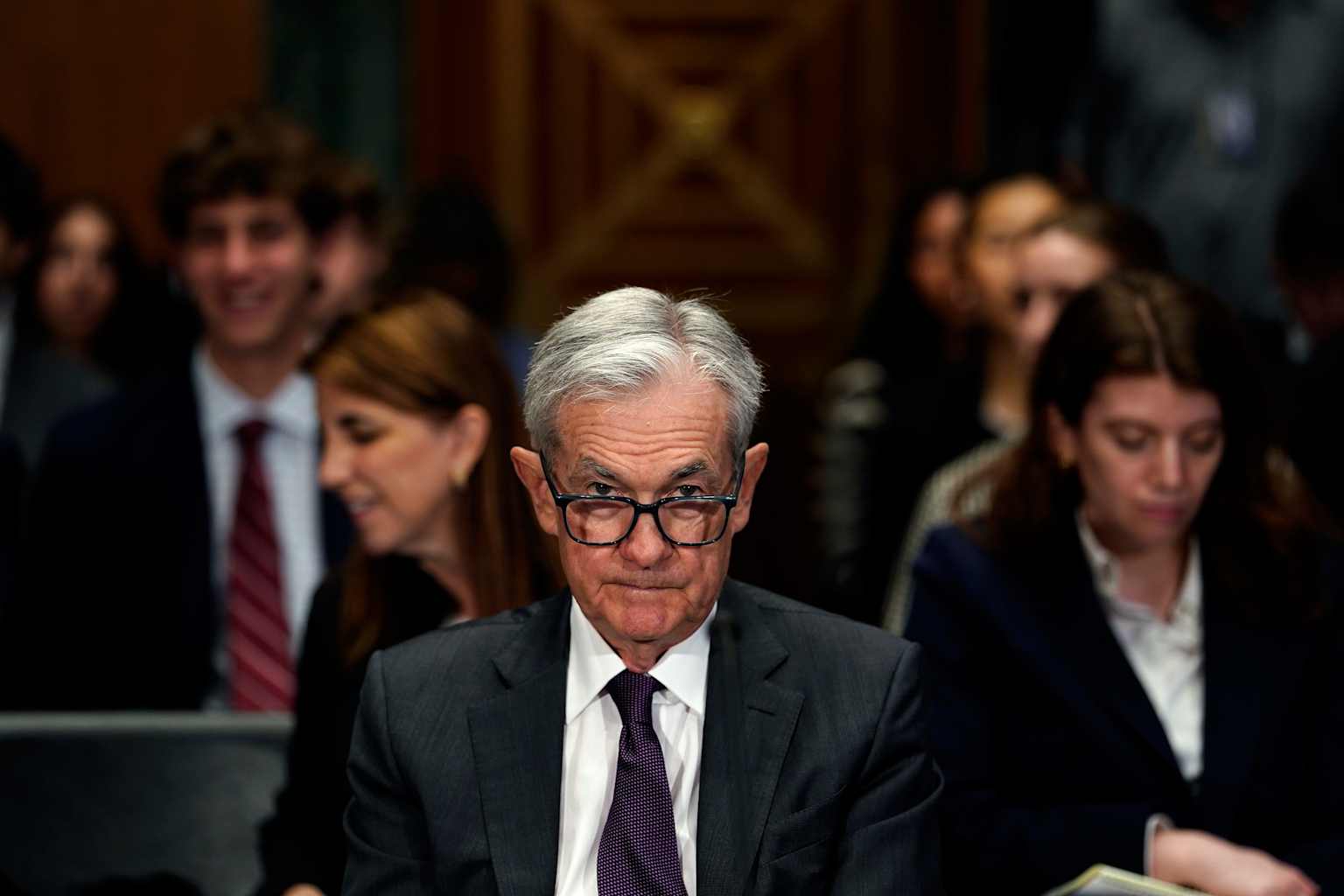- Fed Targets Treasury Market Liquidity
- Opposition Highlights Risk Concerns
- Market Response and Next Steps
The Federal Reserve voted Wednesday to advance a proposal that would ease capital requirements for the nation's largest banks, potentially freeing up billions in capital and reshaping how financial giants participate in the $29 trillion Treasury market.
The central bank's board approved the measure 5-2, opening a 60-day public comment period for changes to the enhanced supplementary leverage ratio that could reduce capital buffers for global systemically important banks by up to 1.5 percentage points. Wall Street analysts estimate the changes could unlock between $185 billion and $6 trillion in additional balance sheet capacity for major lenders.

The proposal would tie leverage ratio requirements to each bank's systemic risk profile rather than applying flat percentages across all assets1. Bank holding companies like JPMorgan Chase and Goldman Sachs would see minimum capital ratios drop from 5% to between 3.5% and 4.5%, while their banking subsidiaries would face similar reductions from the current 6% threshold23.
"The proposal would better tailor our capital requirements for banks to ensure the enhanced supplementary leverage ratio functions as a true backstop—not a primary constraint that limits lending unnecessarily," Acting Comptroller Rodney Hood said4.
Federal Reserve staff said the changes aim to restore the ratio's role as a backstop to risk-based requirements rather than a binding constraint that discourages banks from holding Treasuries5. Vice Chair for Supervision Michelle Bowman called the plan "an important first step in balancing the stability of the financial system and Treasury market resilience"2.
Two Fed governors opposed the measure, with Michael Barr warning the rule could weaken large institutions without meaningfully improving Treasury market resilience1. "This proposal puts our banking system at risk," Barr said1.
Senator Elizabeth Warren has called the leverage rule a "critical safeguard" for financial stability2. The $210 billion reduction in bank-level capital projected by the proposal has raised concerns about increased systemic risk2.
Bank stocks rose Thursday, with JPMorgan Chase advancing 1.3%, Goldman Sachs 1.6%, and the S&P 500 Banks Index climbing 1.4%1. The proposal, issued jointly with the Office of the Comptroller of the Currency, awaits consideration by the Federal Deposit Insurance Corporation at a meeting scheduled for today23.
The changes mark the first major deregulatory move under Bowman's leadership as vice chair for supervision, with Morgan Stanley analysts expecting "the first of many capital proposals" during her tenure1.



